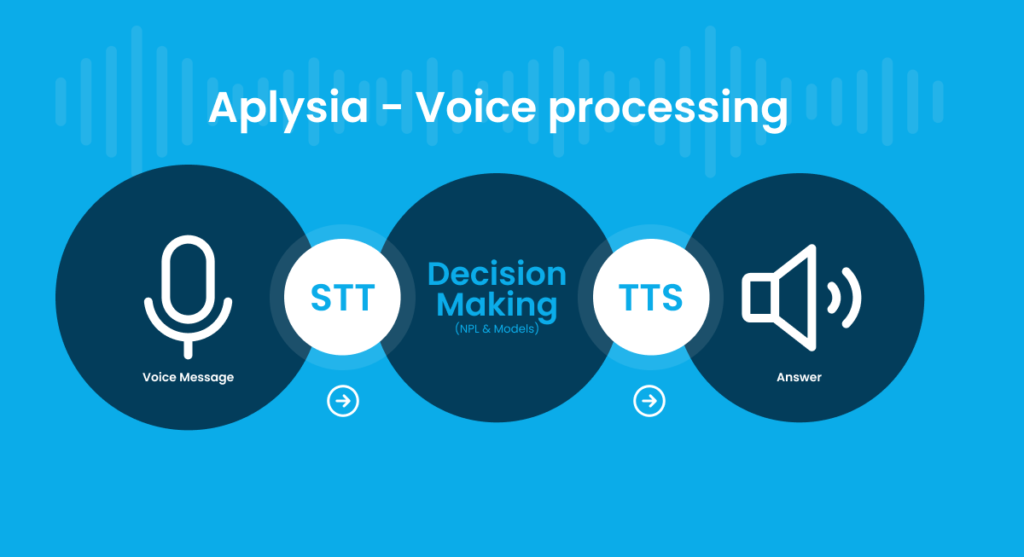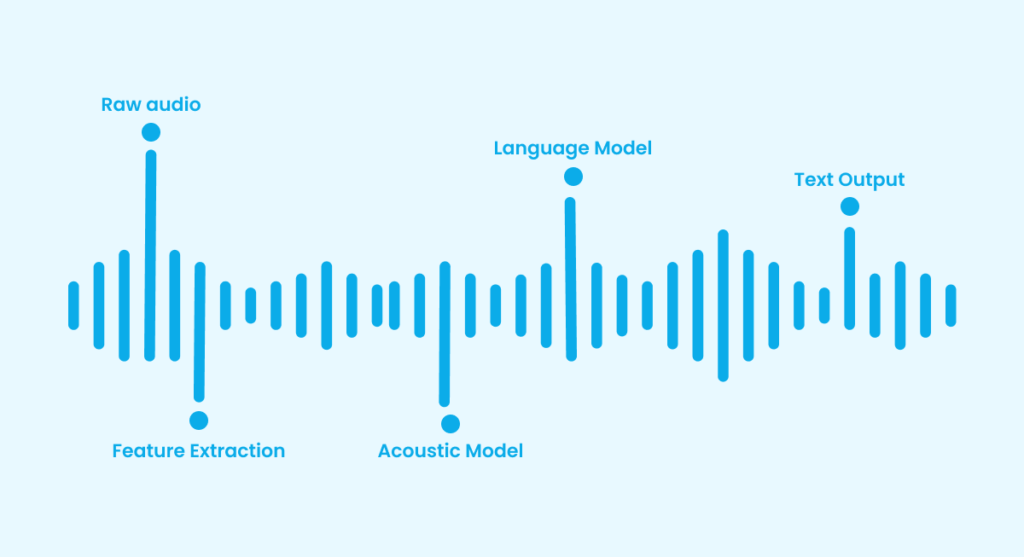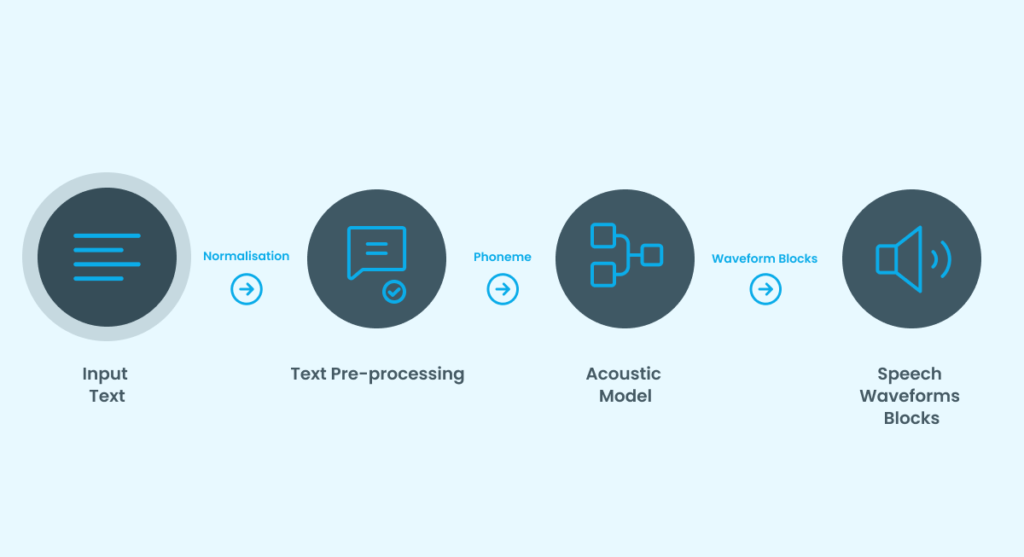All cards are on the table. What's your pick?

HiJiffy’s conversational AI has been excelling in processing text messages and responding to all kinds of guest queries in the same form. As we always keep an eye on trends in communications, we have been innovating and developing our Aplysia OS to bring powerful new features to guests and hoteliers.
Communicating through voice notes is gaining popularity at an astounding pace – as many as seven billion of them are sent daily on WhatsApp alone. In line with that, the expectation of providing voice assistance by businesses is also increasing. With the latest technological advances at HiJiffy, AI-powered voice assistants are now also available in hospitality.
Voice assistants are already a reality in various industries, and people incorporate them in their everyday life for convenience, comfort and time-saving, for example:
Voice assistants or voicebots are a subset of conversational agents powered by multimodal AI that can interpret natural human speech and answer with an artificial (yet human-sounding) voice. Voice assistants can hold conversations and provide answers using voice recognition, artificial intelligence, and natural language processing (NLP).
The mission of HiJiffy is to better connect hotels with their guests by developing the most advanced conversational AI for hospitality. Our voice assistant understands guest requests made through audio format, such as check-in and check-out times or hotel spa and restaurant opening hours. The voice assistant will be able to use its existing knowledge to deliver answers not only by text but also through voice messages.
In the following sections, we will take a closer look at the essential components of the voice assistant system (also known as interactive voice response system):
These are the four key elements necessary to have a functional voice assistant system, yet other smaller processes enhance the system.
Our voice assistant is based on the architecture of HiJiffy and Aplysia OS, creating a solid foundation that will allow users to access the tools and features already existing in our Guest Communications Hub.

The organisational system of our voice assistant is as follows:
Turning audio files or spoken input from a microphone into text is known as speech-to-text. An ideal STT should be able to “perceive” the given input (audio), “recognise” the spoken words and then subsequently use the recognised words as input (final text).
We provide a generic model currently widely used among the many available models and variants. It is a statistical historical approach consisting of three key components.

There are other approaches available; this is just an example to demonstrate how to get a text from audio.
The inverse of speech-to-text conversion is text-to-speech, a process that models natural language and converts text into speech for audio presentation. The most recent TTS models follow the following structure:

In this way, a computer can reproduce voice through text. Technology has advanced so much that it is possible to clone voices; for instance, to generate a voice that sounds exactly like yours so that a voice assistant can use it.
To decide the most appropriate answer to the user’s message, one must first grasp the substance of the message that the user has sent. Like HiJiffy’s chatbot, the voice assistant will employ models, Aplysia’s NLP, and our optimised hospitality models to determine the best answer to the customer’s request.
The HiJiffy architecture will be employed, and all the processes and functionality that the conversational AI currently provides will also be available in our voice assistant. In other words, the features available in our conversational AI will also be available in our voice assistant and chatbot, one of them being the ability to determine the language spoken by the user.
Some minor operations improve our voice assistant’s functionality in addition to the main ones mentioned above; for example, choosing a specific voice for your hotel’s voice assistant to best match the brand.
In conclusion, the HiJiffy architecture, distinguished for its reliability and quality, and the Aplysia, which delivers all the underlying innovation, will serve as the foundation for Voice Assistant.

Sign up for our monthly newsletter to receive free resources and updates on impactful AI applications in hospitality.